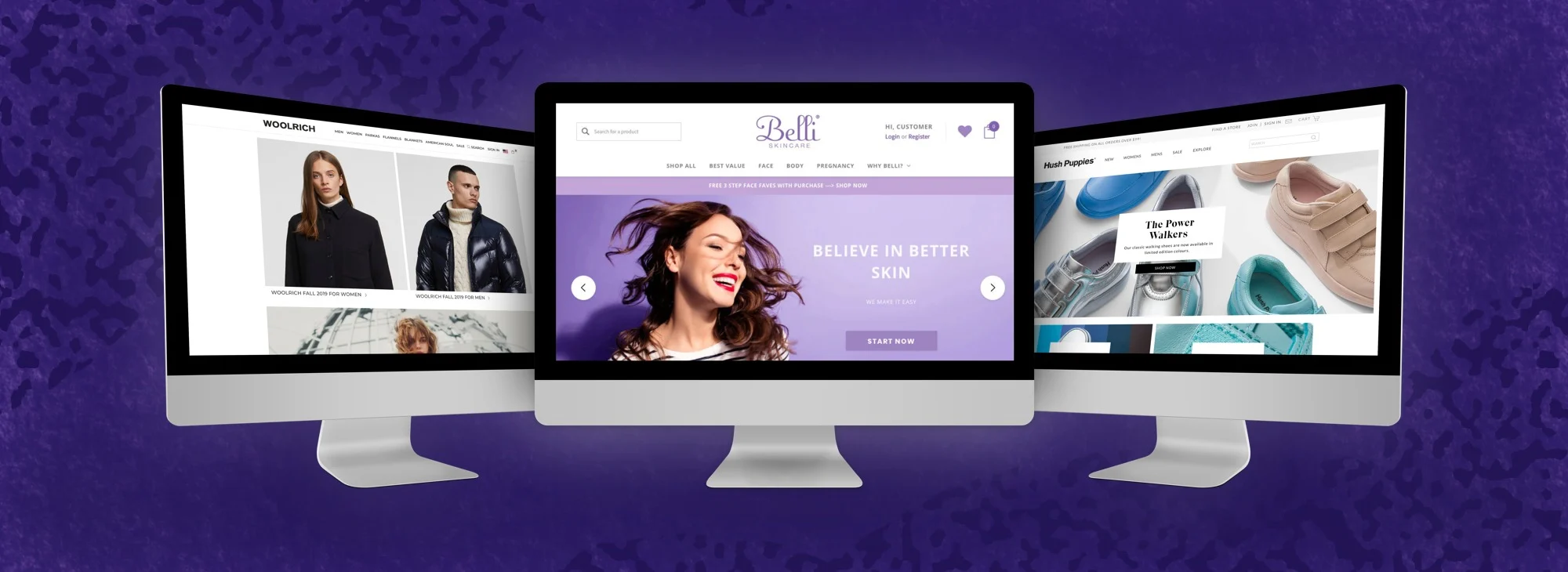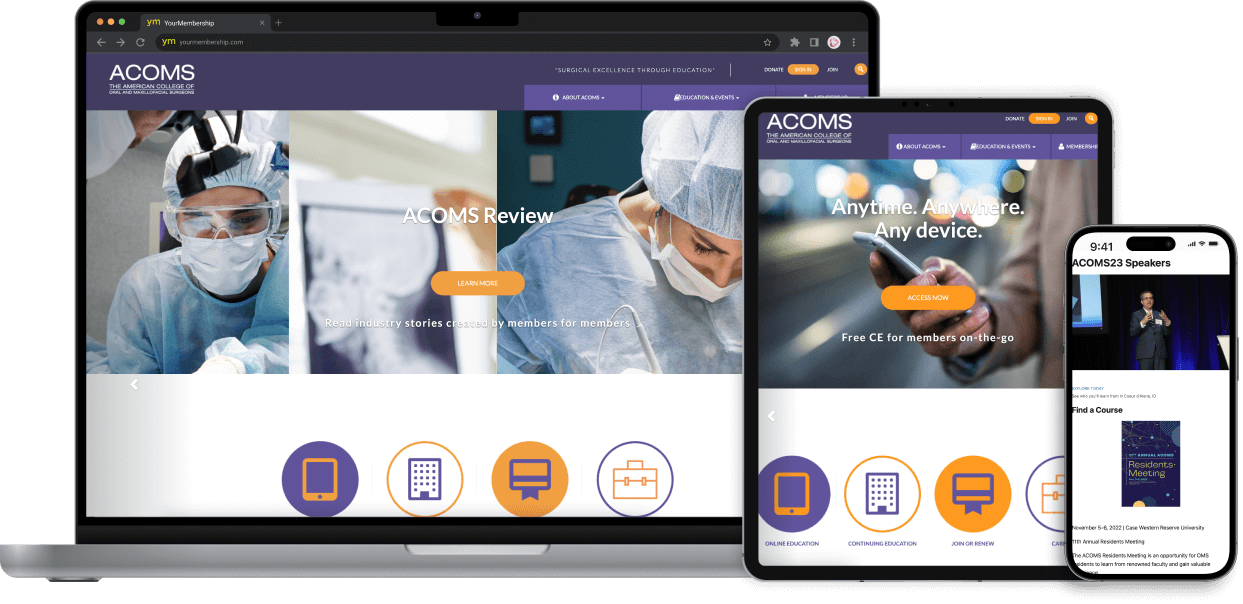Important Tips for Crafting High-Impact Website Designs
In the realm of electronic advertising, the layout of a site serves as a critical touchpoint for involving prospective clients. To develop high-impact website layouts, one need to think about crucial aspects such as target market understanding, customer experience, and visual pecking order.
Understand Your Target Market

To effectively understand your audience, begin by carrying out market analyses to gather data on age, sex, place, and passions - website design. This info functions as a foundation for creating individual identities, which stand for the essential characteristics of your target market. These characters guide decision-making in layout elements and web content approach, making sure positioning with customer expectations
Additionally, analyzing individual behavior with tools like Google Analytics can expose exactly how visitors communicate with your site. Metrics such as bounce rates and time on page can highlight locations that need improvement or modification. Individual studies and comments also provide vital insights into preferences and pain points.
Inevitably, a deep understanding of your target market is not just useful but essential. It encourages developers to produce more appropriate, appealing, and useful sites that foster a favorable customer experience and drive desired results.
Prioritize User Experience
When making a web site, prioritizing individual experience (UX) is critical to attaining both user complete satisfaction and business objectives. A well-crafted UX makes sure that site visitors can navigate the site easily, find the info they need, and engage with material successfully. To achieve this, it is critical to take on a user-centered style method that involves understanding user requires, preferences, and actions.
Begin by carrying out complete research study, consisting of individual surveys and usability testing, to gather insights into exactly how users communicate with your website. This data must notify layout choices, ensuring that formats and functions straighten with user assumptions. Streamlined navigating is necessary; site visitors should be able to situate information rapidly without unneeded clicks or complication.
Furthermore, think about the packing rate of your website. A slow-loading site can lead to high bounce rates, adversely impacting individual experience. Maximize pictures and scripts to improve efficiency.
Last but not least, ensure that your internet site comes to all users, including those with impairments. Abiding by access criteria not just widens your target market yet also fosters inclusivity. By prioritizing UX, you lay the foundation for an effective website that satisfies both individual needs and business goals.
Embrace Visual Pecking Order
A well-structured visual hierarchy plays a significant function in improving individual experience by assisting site visitors' attention to the most crucial elements of a site (website design). By tactically preparing material, designers can develop a clear path for individuals to comply with, guaranteeing they involve with important information effectively
To implement aesthetic power structure, beginning by making use of dimension and range. Larger elements naturally attract the eye, making them excellent for headlines or contacts us to action. Complement this with contrasting colors that highlight key locations, as vibrant colors can create centerpieces that capture focus.
Furthermore, the placement of aspects on the web page is crucial. Leading the audience's check my reference stare through the layout can be achieved by positioning vital details on top or in the center, where individuals usually begin their visual trip. Integrating whitespace around components can also boost quality, making it simpler for users to refine details without feeling bewildered.
Finally, utilizing typography effectively contributes to aesthetic power structure. Various typeface sizes, styles, and weights can represent significance, guiding individuals via the web content seamlessly. By embracing these concepts, designers can produce an user-friendly experience that promotes interaction and urges customers to check out even more.
Enhance for Mobile
Mobile optimization is essential in today's electronic landscape, as a significant section look at here of internet website traffic originates from smart phones. To make certain a smooth user experience, sites should be created with mobile individuals in mind. This includes utilizing receptive website design methods that adapt the design, photos, and message to fit numerous screen dimensions while preserving performance and aesthetic appeals.

Touch targets, such as switches and links, must be appropriately sized, ensuring they are easily tappable without mistakes. Additionally, make certain that types are mobile-friendly by minimizing input fields and using dropdowns where relevant, improving the customer experience.
Lastly, test your web site across different mobile devices and browsers to recognize any type of issues that may affect usability. By focusing on mobile optimization, you not only improve individual satisfaction but additionally favorably influence your website's online search engine ranking, therefore drawing in more visitors and enhancing total engagement.
Implement Strong Branding
A well-defined brand not only differentiates you from rivals yet also promotes trust and commitment among your audience. This identity should be mirrored constantly throughout all digital touchpoints, including your site, social media, and email interactions.
Visual components such click over here now as logos, color pattern, and typography play a crucial duty in branding. Select a color palette that resonates with your target audience and mirrors your brand individuality. Make sure that your logo is flexible and prominently presented on your site, enhancing brand name recognition.
Web content is equally vital; your intonation ought to align with your brand identity, whether it's expert, friendly, or authoritative. Engaging narration can additionally strengthen your brand, producing an emotional connection with users.
Verdict
In verdict, crafting high-impact website styles requires a complex method that includes understanding the audience, prioritizing individual experience, and accepting aesthetic hierarchy. Optimization for smart phones continues to be imperative, alongside the application of solid branding approaches. By incorporating these aspects, web sites can properly involve users, facilitate smooth navigation, and foster emotional links that enhance brand identification. Ultimately, adherence to these concepts adds to the development of reliable and compelling digital experiences that reverberate with target audiences.
To create high-impact web site designs, one have to take into consideration vital components such as target market understanding, individual experience, and visual pecking order.When developing a site, focusing on individual experience (UX) is extremely important to achieving both user fulfillment and service goals.Start by conducting extensive research study, including individual studies and use testing, to collect insights into how users interact with your site. To guarantee a seamless user experience, web sites should be made with mobile users in mind.In verdict, crafting high-impact internet site styles necessitates a complex technique that encompasses recognizing the audience, focusing on customer experience, and accepting visual pecking order.